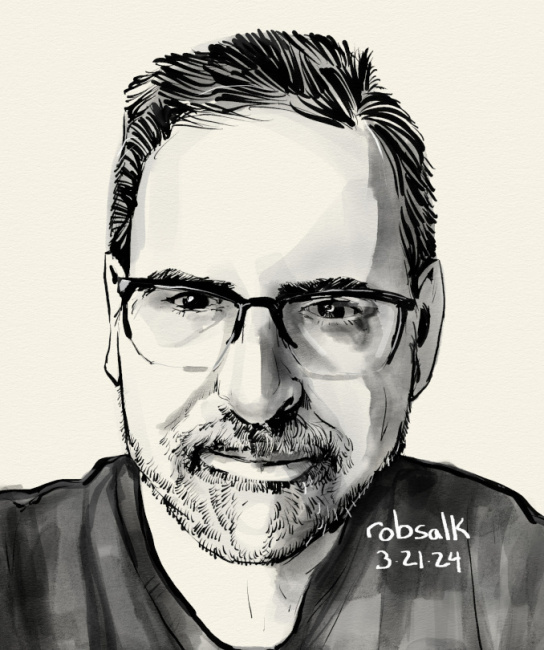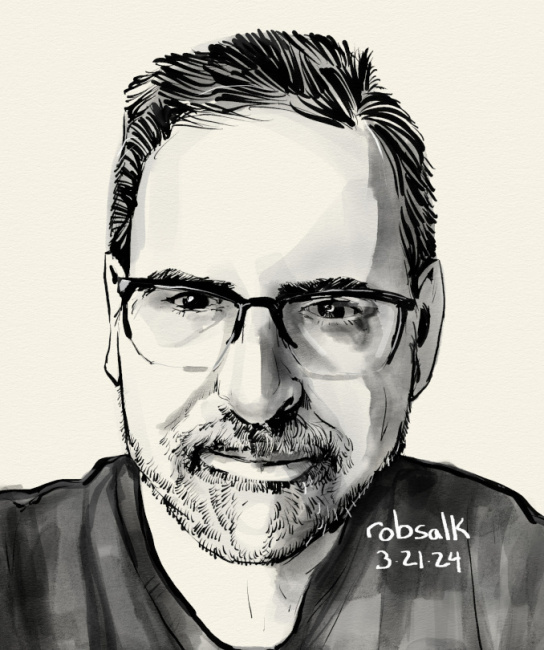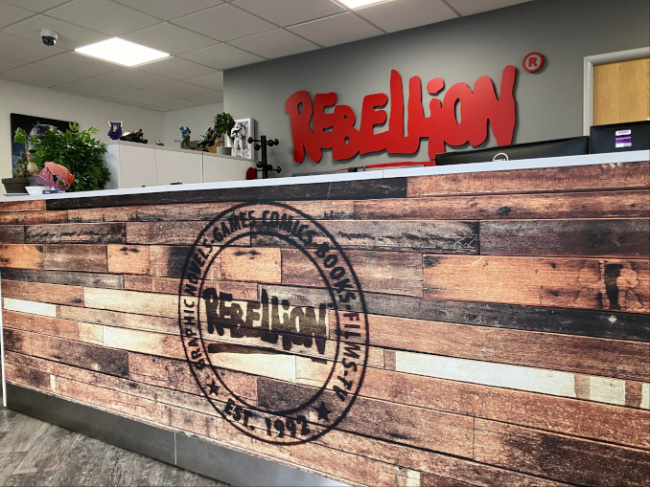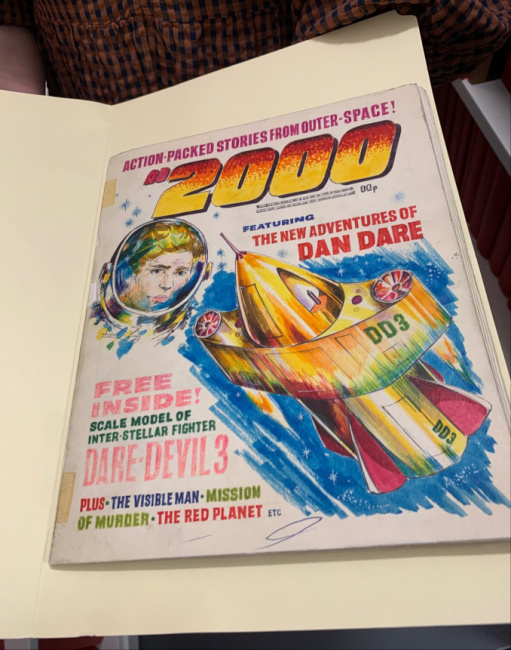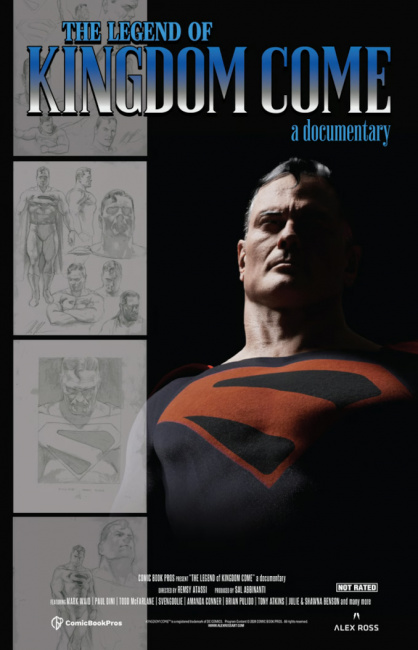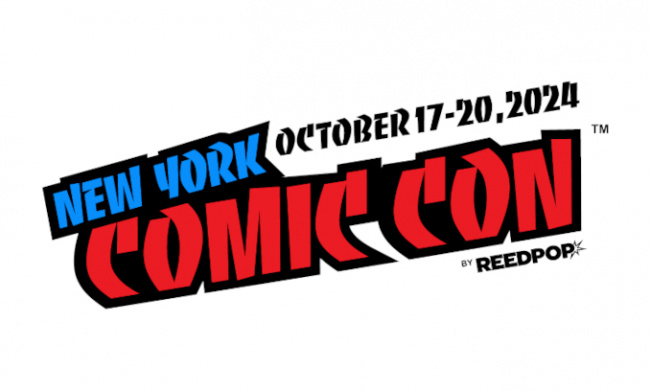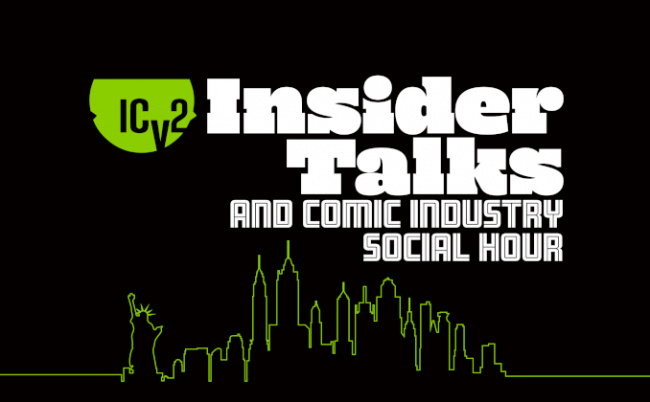Summer’s over, the leaves are turning and the comics world is careening toward New York Comic Con in a couple of weeks. I just got back from two weeks overseas and am still catching up, but wanted to reflect on a couple of items and stories of interest.
Anarchy in the U.K. Among other things, I spent a week in the U.K., mostly around Oxford and London. Oxford happens to be the headquarters of Rebellon, the gaming and publishing company that puts out 2000AD, Judge Dredd and the Sniper Elite videogame franchise among many others.
I had a sit-down with Rebellion CEO Jason Kingsley, OBE, a fascinating character with some strong views on the business, reported in Forbes last week. I also toured their facility, which includes an archive of British comics dating back to the 19th century, along with piles of priceless original art from the early days of 2000AD.
On the publishing side, Rebellion has some interesting developments in the works. They are relaunching Battle Action, a classic British war comic with roots going back to the 1960s, with new stories from Garth Ennis and Brian K. Vaughan (see “Preview: ‘Battle Action’ #1“). Apparently Ennis talked Vaughan into writing a backup story for the book, a post-apocalyptic fable drawn by Chris Burnham.
Gail Simone is also working on a reboot of the 70s-era gothic horror-romance book Misty, with art by Carola Borelli (The Deadliest Bouquet, Spider-Woman), Aly Fell (A Trick of the Light) and Marianna Ignazzi (Buffy the Vampire Slayer). Both of these titles look like they’d find a good home on U.S. shelves, but might fly under the radar if you don’t pay attention. Ditto with a bunch of the company’s books that are mostly intended for the U.K. market but feature plenty of good art and storytelling likely to appeal to U.S. readers.
London Calling. In London, I stopped into a couple of comic shops we encountered in our wanderings. We of course made a pilgrimage to the Forbidden Planet mothership on Shaftesbury Avenue by the Tottenham Court Road tube station, which I hadn’t been in for years. The store features toys, games and merchandising on the ground floor level, and devotes its huge, cavernous downstairs to comics, genre fiction and manga.
I was surprised to discover that roughly 60% of the floorspace on the comics level is dedicated to a truly comprehensive selection of manga: just about every volume of every title you can think of, in every manner of edition. The selection of traditional comics also includes everything from trade collections to Artist Editions, but is just outnumbered by the manga section. I also noted that some kind of anime superstore is scheduled to open just around the corner in a couple of months.
We also stopped into Gosh Comics in Soho. It’s more compact than Forbidden Planet, but practically everything is. It also feels more like a bookstore than a comic shop, with more than 80% of the stock devoted to trade books organized by topic, including most of the major literary adult-oriented graphic novels in print and a good selection of work for younger readers.
The most conspicuous rack of periodicals in the shop is on the wall as you enter, and features mostly independent and locally-produced comics and zines. There is a small assortment of superheroes and sci-fi racked under “genre,” but this is very clearly a store for modern readers and not old school fans. It seems like the kind of store that would get shortlisted for an Eisner Spirit of Retail Award with the right application materials.
Comic icons on screen. Drawing Monsters, the Mike Mignola documentary produced by Jim Demonakos and Kevin Hanna, got a release last month and is apparently proving very popular on various streaming and pay-per-view outlets. I had a chance to see a screening last year at a small show in Las Vegas and it is great. It’s full of interviews with all the people you’d want to hear talk about Mignola, with a lot of detail on his career, his work process, and the enduring appeal of Hellboy.
There’s also a Kickstarter campaign underway to fund The Legend of Kingdom Come, a documentary focused on the creation of the iconic 1994 graphic novel Kingdom Come, by Mark Waid and Alex Ross, organized by Ross’s agent, Sal Abbinanti. If any single work can be seen as a bridge between the Silver Age and the “prestige” aesthetic of the past 30 years, it’s probably this, along with Ross’s other big 90s hit, Marvels. The campaign began with a $50,000 target and is currently close to $350,000 with nearly a month to go, so it looks like this one may see the light of day.
As someone with a keen interest in the creative process behind comics, I find this stuff fascinating, but I’m also used to being in a freakish minority, even among fellow nerds, in terms of my personal enthusiasms. So it’s nice to see that there is a broader interest in the creators, especially ones who combine unquestionable artistry with 90s-era nostalgia.
NYCC Programming. One of my other freakish personal enthusiasms is that I enjoy discussing, and seeing discussed, matters of comics history at events that call themselves comic conventions. Forget Hall H. You’ll usually find me in the smaller rooms listening to or leading panel discussions featuring creators of the distant or recent past. This is the stuff that turned me from a casual fan into a more-or-less professional comics writer and scholar, and I enjoy paying that forward to freakish nerds in slightly younger cohorts.
New York Comic Con seems to have other ideas about the value of this kind of programming. When panel decisions letters went out in early September, there was a big outcry in the corners of Facebook that cater to fans of comics history and the comics medium that anything of this nature was rejected out of hand, no matter the topic or the current popularity of some of the participants.
Now the programming is out and the “comics” tab includes an assortment of publisher-sponsored panels, a few special-interest topics, and spotlights on the biggest of big names (Jim Lee, Frank Miller, etc.). Plus, of course, the absolutely indispensable ICv2 Insider Talks, which you should all attend. Slim pickings for fans of the old stuff, though.
ReedPOP is probably assuming that the majority of the 90,000+ attendees won’t miss a bunch of panels full of older pros sharing stories or geeking out on anything less than current, and they’re probably right. Besides, it’s better business to limit the amount of programming so that panels will have more value to exhibitors, sponsors and others willing to pay for the microphone, while cultivating the image of leaving the dusty old past behind.
If you are fans of practically anything else in geek culture, from media to gaming to cosplay to genre-based prose books, NYCC is a cornucopia of delights. But while you are enjoying one of the many panels devoted to matters of crafting, or taking in “special industry announcements” from event sponsors, spare a thought for those of us who’d rather spend our time at comic conventions talking about comics.
The opinions expressed in this column are solely those of the writer, and do not necessarily reflect the views of the editorial staff of ICv2.com.
Rob Salkowitz is the author of Comic-Con and the Business of Pop Culture and a two-time Eisner-Award nominee.
Source: ICV2



